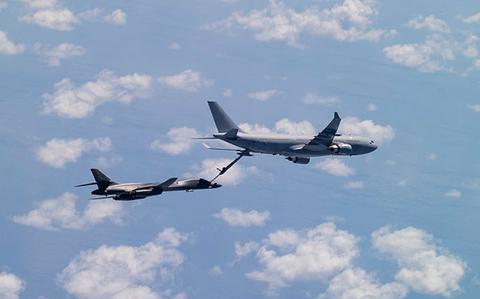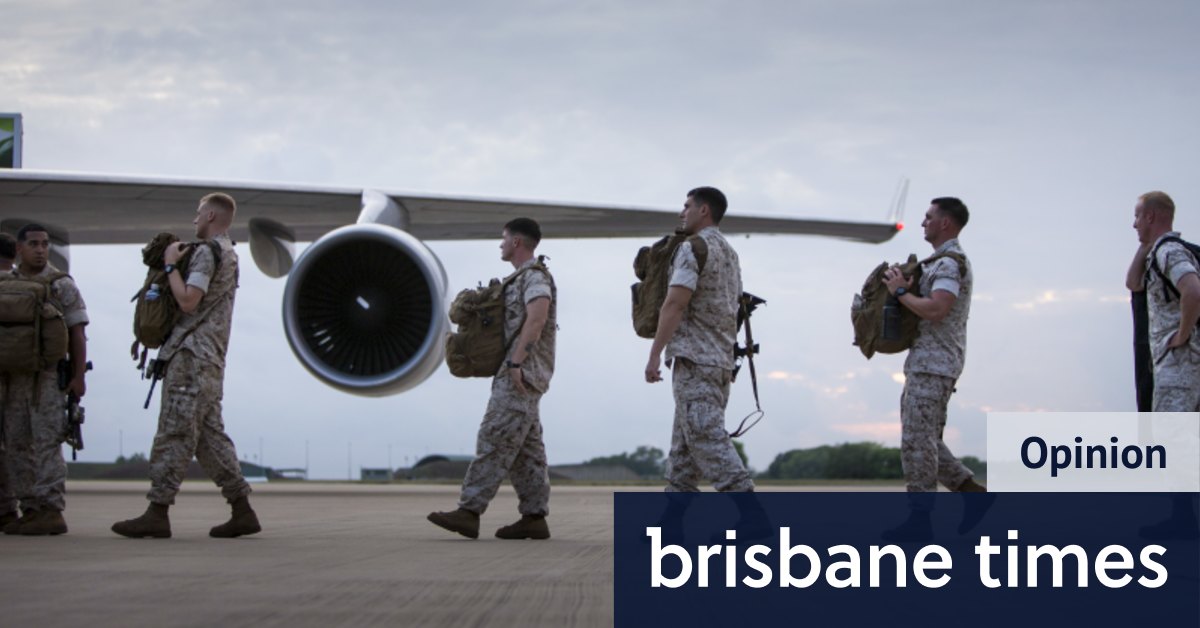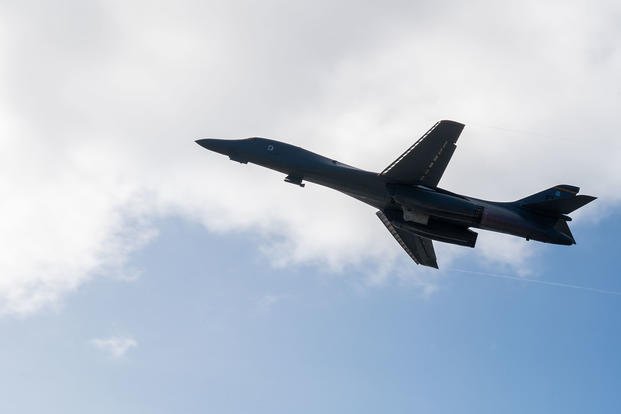
The stakes for war and peace could hardly be higher. The Morrison government and the leadership of our defence, intelligence and security agencies understand these developments.
But it’s one thing to see you are facing a crisis and quite another to know what to do. Strategic trends in the region are lifting the importance of northern Australia. Our north is, in fact, the essential southern rampart of the Indo-Pacific. The outcome is to make the future of the Port of Darwin a central strategic question. This becomes clear by looking at the plans and purposes of Chinese military growth.
There is no more important step the Morrison government could take than to end the 99-year lease of the Port of Darwin to Chinese company Landbridge.
The threadbare excuses that were deployed to justify the lease in 2015 have long been abandoned by government and opposition. Now, when the Prime Minister warns about the priority “to enhance the resilience of Indo-Pacific supply chains”, we must realise that our ports and airports are critical joints in those supply chains.
The Port of Darwin, and the Top End in general, is the place from which Australia can mount efforts to resist Chinese subversion of the Pacific Islands. The Port of Darwin is also the place to which the USA and other partners can disperse and sustain their forces while deterring Chinese aggression.
Six years into the lease of the port the promised development of infrastructure for tourism isn’t happening. The strategic outlook has changed fundamentally. Landbridge’s presence is now a bone in the throat preventing the development of Darwin as a facility for greater engagement by the AUKUS and Quad partners.




